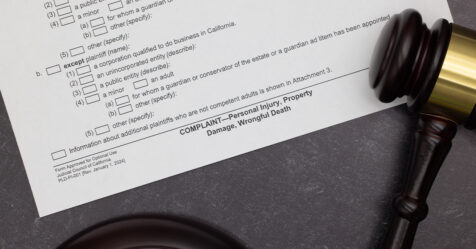Educational facilities are a growing market that contractors are penetrating. This includes day and evening cleaning in public and private schools of all types and sizes.
Each segment of the market has demands that make it unique. Schools, universities, and child development centers are all slightly different in their approach, needs, and expectations. As a service contractor, it is your job to identify and meet these needs, even if they change minute to minute. In this market everyone is your customer, from students and teachers to parents, administrators, government agencies, and even the public.
Why Educational Facilities are Different
Educational facilities are different than office buildings, factories, or hospitals. Any time children, parents, and the government are involved, the work is more complicated and emotionally charged.
Most education facilities will include offices and conference rooms, restrooms, classrooms, labs, kitchens, cafeterias, gyms, and locker rooms. However, they may also boast areas that aren’t found in a typical facility. For example, you may find cleanrooms, research labs, lecture halls, animal cages, medical exam rooms, student housing, athletic facilities, stadiums, swimming pools, rock walls, etc.—the list can go on and on.
Tasks at education facilities can vary from daily and routine to periodic and seasonal restorative project work. Daily custodial tasks can also include cleaning up after fires, floods, or acts of vandalism; getting a soccer ball off the roof; cleaning up vomit and blood; changing light bulbs; and unclogging toilets.
Some contractors clean the entire facility, while others provide specialty services on a regular or on-call basis, which can include floor and carpet care, window cleaning, pressure washing, disinfection, fire, flood, mold, and trauma scene cleanup.
Production Rates and Pricing
There are a wide variety of production rates, formulas, and industry standards that can apply to the bidding and estimating of educational facilities. No industry production rate will apply to every situation, as there are simply too many variables to consider. The safest approach is to break down each building and facility into micro-areas, and bid and staff each area or building based on the actual—as well as changing—needs. Here are some guidelines that may be helpful:
Production Rates
- 8 to 20 minutes per standard classroom (if there is such a thing)
- 10 to 25 minutes per standard restroom (if there is such a thing)
- 1,000 to 8,000 square feet per hour, depending on process, frequency, incentives, and types of areas you are cleaning.
Industry standard times for floor care, carpet cleaning, and vacuuming may apply, depending on equipment, condition, frequency, and processes. (See ISSA’s 612 Cleaning Times and APPA Guidelines. Increase production rates by 12-20 percent to be competitive). Keep in mind that your competition may not be aware of or use industry recommended standards or guidelines. Additionally, production rates are continuing to change due to new technology and surfaces, better engineering of the cleaning process, and a competitive marketplace.
Cost per Square Foot
Prices can range from 7 cents or less to 35 cents or more per square foot, depending on what you clean, the services you provide, the competitiveness of the local marketplace, and other factors. Hourly employee wage rate, profit, overhead, and benefits will determine exact billable rate and cost per square foot for each location bid.
Market Considerations
Not every contractor or employee is suited for this market; security, background checks, health and safety, image, appearance, professionalism, and teamwork all play a role in meeting the changing expectations and demands of educational customers.



